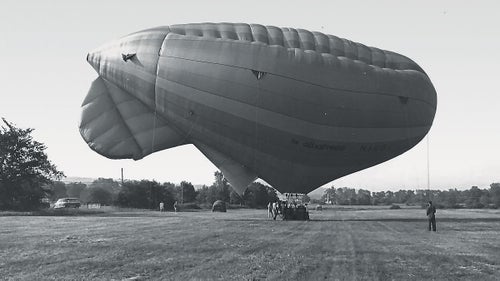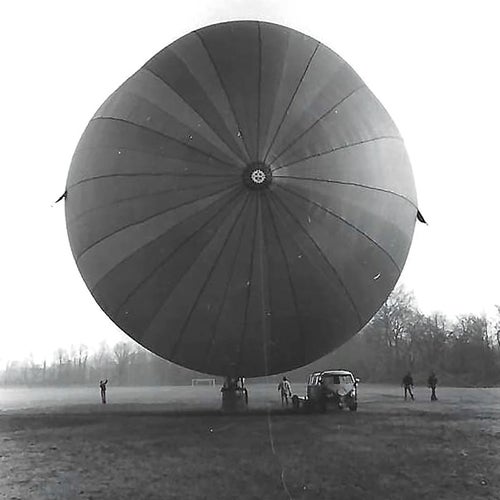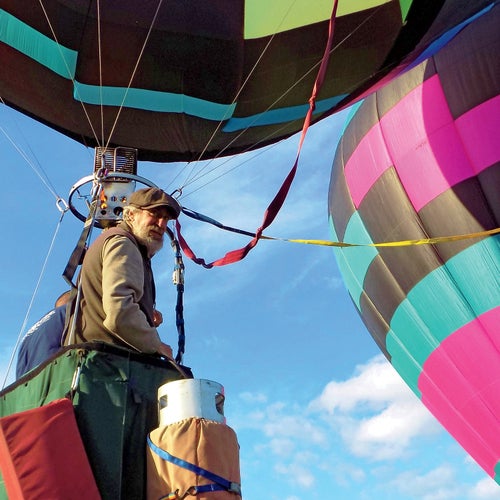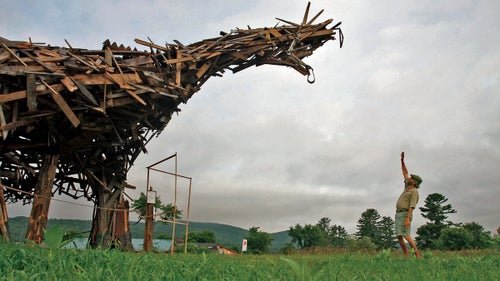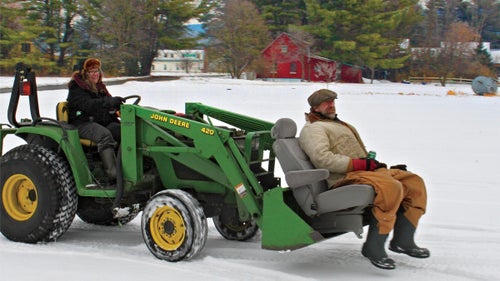A Legendary Hot-Air Balloon Pilot Died after a Bizarre Crash. It Still Doesn’t Make Sense.
Brian Boland was a prolific creator of handcrafted hot-air balloons who set distance and altitude records all over the world. But on July 15, 2021, during a routine outing with a family in Vermont, things went dramatically wrong. Sarah Schweitzer examines Boland’s eccentric and adventurous life, and finds out what happened on his fateful last flight.
New perk: Easily find new routes and hidden gems, upcoming running events, and more near you. Your weekly Local Running Newsletter has everything you need to lace up! .
It took a few minutes for passengers aboard the hot-air balloon to notice that their pilot had gone silent. Brian Boland was no longer pointing out ridgelines rising above recently mowed fields in the Connecticut River Valley, or the land curvatures where geologists believe Africa was once connected to the North American continent.
Instead, he was stuffing his hands into the back pockets of his cargo shorts, feeling around for something, then patting the ones in front, as if he must have been mistaken and whatever he was looking for had to be in them.
If there was panic in his eyes, no one recognized it. Not immediately. Boland, 72, was a pilot of astounding experience and knowledge and a relentless creator of handcrafted hot-air balloons. He’d launched them over the Andes, Long Island Sound, and the Alps, setting international records for flight duration, distance, and altitude. His own designs could be sublimely practical. Among them: a functioning VW bus that could serve as a balloon’s basket and provide postflight transport.
Boland’s enthusiasm for ballooning drew legions of fans and apprentices who flocked to what some jokingly referred to as the Island of Lost Boys, Boland’s rural residence and airport in Post Mills, Vermont. They showed up to live in an unheated room called the Thinkatorium, pee out a window through a funnel, and learn ballooning from a master iconoclast. Locally, Boland was known simply as the Balloon Man, a bearded, six-foot-four artist and visionary with wire-gray hair flattened under a fisherman’s cap and eyes that people said could see the wind.
On the evening of July 15, 2021, Boland was at ease. Conditions were ideal: winds moderate, visibility at ten miles, the late daylight golden and velvety. The passengers—Emily Blake, her ten-year-old daughter, and her parents, Ellen, 67, and Roger, 73—were celebrating Emily’s 38th birthday. They were locals and knew about Boland’s ballooning, but they’d never flown with him. Roger and Ellen had gone on a balloon ride before with a different pilot, while Emily and her daughter were first-timers. As they ascended, any preflight jitters fell away. They could see Boland’s obvious ability, the easy confidence that comes from 11,000 hours in the air. Emily’s daughter slid her hand into her grandmother’s. They felt calm as they climbed over 3,000 feet, awed by the scale, the long view suddenly theirs.
At around the half-hour mark, Boland radioed their chase driver, Aaron Johnson, coordinating direction and course. Next, he disconnected the fuel line from a spent propane tank to attach it to a full one. It was then that Emily noticed him patting his pockets. Shortly after, the balloon began accelerating toward the ground at an alarming rate. Boland now looked panicked and was moving fast—circling the basket, searching compartments, prowling.
Emily asked what was wrong. Boland said the burner’s pilot light was out and he needed a striker to reignite it. She asked if she could help, but Boland didn’t respond and kept looking. Emily and her parents stood stunned and helpless. The balloon was now plunging, the green of the valley rushing closer, marked by the boundaries of a tasseled cornfield directly below.
They were moments away from hitting the ground when Boland grabbed a plastic bag from one of the compartments and ripped it open with his teeth to get at a backup igniter. He hoisted it to the darkened well of the pilot light and clicked out a spark. A flame appeared. Boland gave the burner more gas. It roared. Heat flooded into the balloon’s massive envelope.
“Bend your knees!” Boland shouted. “We’re going to bounce right back up.” They hit the field. But the quick rebound Boland predicted didn’t happen; instead, the jolt of the impact tipped the basket and sent both Boland and Ellen overboard.
Then the balloon—newly refired, buoyant, pilotless—lifted off again, ascending with breathtaking speed. Emily, her daughter, and Roger watched the ground fall away, now without Boland or Ellen—and with no idea how to fly.
The magnitude of the danger they were in was only starting to become clear when Emily looked over the basket’s side. She saw a brown loafer wedged into a strap that held one of the propane tanks to the outside of the basket. She recognized the shoe as Boland’s. Her mind told her it must have come off his foot when he tumbled from the balloon.
Then, from beneath the basket, she heard a voice.


